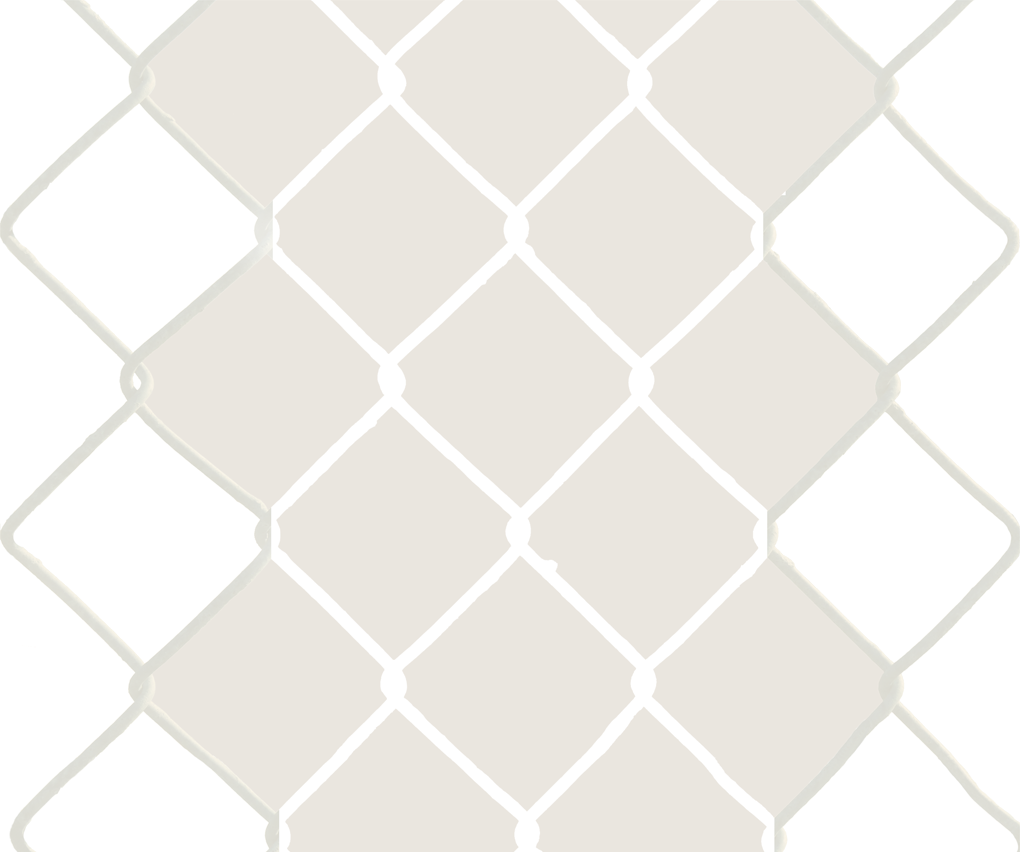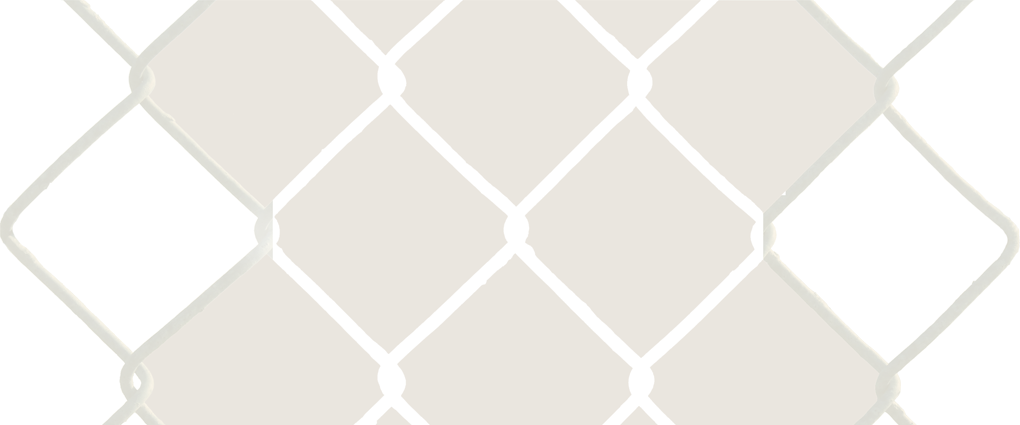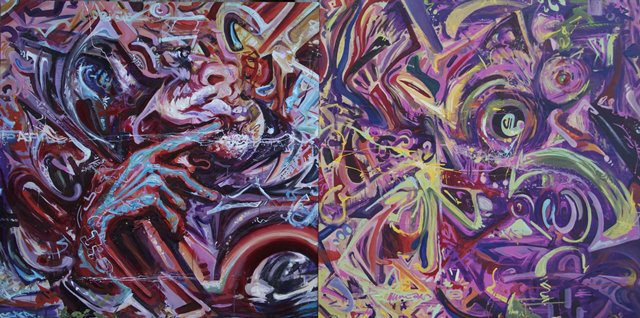 |
| * |
In the spring of 2014, the Detroit Water and Sewage Department (DWSD) announced that a water shutoff quota would begin that March for residents either 60 days or 150 dollars overdue on payments.
The unprecedented action of cutting off water to 3,000 households per week in a major U.S. city brought criticism, both nationally and internationally. News spread quickly due to the efforts of water rights activists in both the US and Canada, bringing representatives from the UN to Detroit in October of 2014. During their investigation at this time the United Nations declared that the city was violating thousands of residents' fundamental human right to access clean, affordable water. Organizers also drew attention to the fact that corporate and large institutional accounts were never shut off, even though their debt was twice that of residential customers and urged for the implementation of a water affordability plan that would assist struggling households.
Instead, DWSD’s process for assistance with water bills was a frustrating, dehumanizing and bureaucratic farce. Residents reported spending hours attempting to make sense of bills that were convoluted and often inaccurate. They were given “assistance” phone numbers that rang endlessly without ever reaching a human being and stood in lines long hours just to learn they were not eligible for help due to missing, obscure deadlines.
During that first summer, community members and grassroots organizers created a rapid response network for water relief. The efforts included a water hotline for assistance in payment plans and water deliveries as well as door-to-door canvassing and the creation of neighborhood water stations. In addition to creating survival strategies through mutual aid, they also circulated petitions to change policy, filled City Council meetings, called press conferences to raise awareness and held endless protests for water rights throughout the city.
It’s been over two years since the aggressive shut-off campaign began, leaving some homes without water for months at a stretch, breaking up families and displacing residents. Not only have water shut offs massively contributed to Detroit’s foreclosure crisis (unpaid water bills can become a lien on a home), they also put parents at risk of losing their children to child protective services. The increasing injustices and struggle around the privatization of water in predominantly Black cities have since been compounded by the tragedy of Flint. And though media attention did help to raise awareness for a brief moment, the hype has since died down. The institutional problems remain and real people are still left suffering. When the camera crews leave, when reporters move onto the next big headline and when the legal system fails to provide protection for individuals over corporations, where do people turn to voice their outrage?
#artisnotacrime - From the Defense Committee
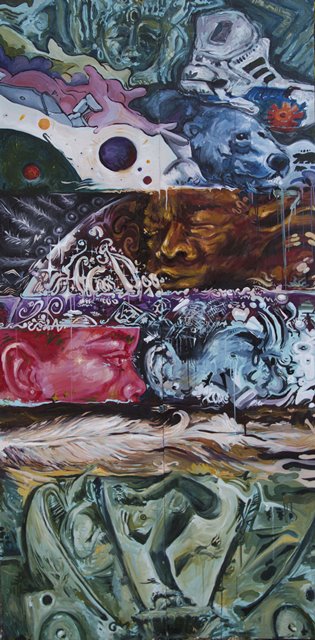 |
| * |
“In Detroit, two street artists are heading to court to fight felony charges for allegedly painting the words “Free the Water” and a large black fist on the Highland Park water tower in 2014. Artists William Lucka and Antonio Cosme are facing hefty fines and prison time on charges of malicious destruction of property and more.
The city is cracking down on resistance in its drive toward a "New Detroit": an anti-Black, anti-poor vision of "revitalization"; that has been called a "tale of two cities." The Anti-Graffiti Task Force is targeting certain types of public expression, by certain people. Famed street artist Shepard Fairey, paid by billionaire Dan Gilbert for an enormous mural on a downtown building, recently had his own Detroit graffiti charges dismissed, as did two young white women from Grosse Pointe who spray-painted walls in Detroit. In contrast, the city is forging ahead with the "Free the Water" case against two young men of color deeply engaged in their communities and political organizing.”
Antonio and Lucka are fighting for their lives! You can help by assisting with fund-raising for their defense or packing the courthouse. (Next pre-trial conference is September 23 and the trial date of October 24), and/or joining their defense committee. More information can be found and funds can be donated at http://freethewater313.org/.
**
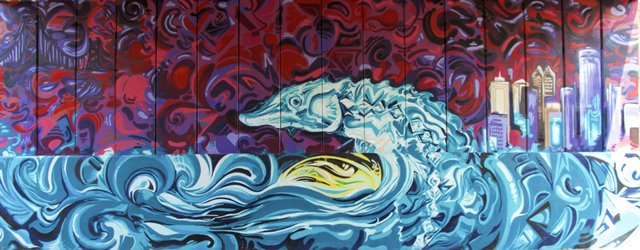 |
| * |
S: How is public art a commons?
A: By its nature, art in public spaces is accessible to everyone with access to that particular public space. There are a lot of private companies, private systems that violate our commons on a regular basis, even the commons that is our collective body of knowledge. Like, if I start to hum the McDonald’s theme, people know it because that company has been violating the commons, radio commons, Youtube, billboards. The whole idea is to try and manipulate you into giving up your money.
Unlike most advertising, public art is an image, a name, a style forced into a public space. But graff artists aren't selling anything. We are creating, with the idea, the hope and aspiration that people will see, love and respect our work. A lot of graff artists just like to write their names, over and over. I think they come from places of feeling marginalized and invisible, so it’s a powerful act to force folks to see and know your name. I think we should take it a step further than just representing your own name, instead using your style to uplift an idea, or a movement. It’s more radical to create something for people other than yourself - radically necessary, because at this moment the commons, the public sphere, is under a massively under attack by the aforementioned private interests and tyrannies.
S: Can you give examples of the ways in which publicly accessible art provides meaning and value to our lives?
A: I think of how my first exposure to creating art was in school. I think of how art has been removed from so many children in Detroit, when budget crunches hit public school systems, when for profit charters come, arts are one of the first classes on the chopping block. This is one of the biggest crimes. Most schools in Detroit don't even have bands. The venues in which a person can create, can paint, can play music, are being removed in many ways. Yet, that creative energy isn't going away, it’s changing venues and people are defining themselves in their music taste, websites, sharing certain images and ideas, social media. But I think there will always be a value to analog art, painting with brushes or spray cans. The ability to recreate or reimagine the world is a powerful tool.
Art gives people a sense of pride, a sense of self, of culture. Artists are very much on the edge of the Earth, looking out at possibility and back over the rest of our society, communicating our deepest truths or most insane contradictions, playing with ideas, colors and ways to represent their expression. The modes of creating art need to be accessible, and art itself also needs to be accessible, so that those who might need something can draw from it when needed, so that we can be inspired, moved... art is like emotions, the world is cold, boring and monotonous without it.
S: Historically, murals and some pieces of public art have been able to exist outside of the market. Do you have an interest in challenging the art market paradigm?
A: It’s tough operating as an artist in a capitalistic society, particularly one that doesn't support unsanctioned art. A lot of art that exists outside the market still exists within institutions that are supported by "the market" such as nonprofit and foundation dollars. I think there has always been a tension between the artist and their funders, between having authentic, creative autonomy and creating to get paid.
Graff artists say fuck you to that whole paradigm. Especially those who go "racking" or stealing paint. That is an artist who is risking jail time to steal the tools of their craft and risking more while they go paint for free in the streets. That sense of ‘fuck the gallery world, fuck having funders, I'm just gonna make some badass art and everyone can see it,’ is a pretty radical idea. I've known graff artists who work undesirable jobs to support their habit, like selling food at a grocery store or fast food restaurant, working construction jobs, all the while, being an incredible artist who isn't living off their art, yet they have the talent and ability to if they wanted to enter that market. That’s powerful, the idea that selling their artwork, their creation isn't the primary goal.
S: What does it mean to decolonize art in a city that is facing a new wave of colonization?
A: Decolonize art? An interesting concept. I would think decolonizing art would be to create more ancestrally-oriented practices and creations. Decolonial art would be more broad and describes art that attempts to deconstruct the accepted realities of the current settler-colonial paradigm, and, ideally, art that articulates itself to an indigenous framework or sovereignty. The latter is perhaps the more difficult part, thinking deeply about the ways in which we can undermine settler control while moving towards an indigenous present.
I think decolonial art is an absolute necessity right now in Detroit because we gotta start thinking deeper about the underlying structures that produce this oppressive reality. I think it is important to explore the retaliation between colonialism and "private property", or colonialism and anti Blackness. These are important things to consider as Black folks are being wholesale dispossessed of their "private property." The little wealth built up over generations was obliterated in the matter of a few years and under the work of a number of private institutions, banks, mortgage lenders, that are now benefitting from the crisis and driving out more Black folks in the process. It’s important to take a look at the nature of the relationships between the State and the City, the suburbs and the city, and the new folks coming "to settle" in Detroit, urban homesteaders. If we can begin to articulate our outlooks and our creative energies to indigenous sovereigns maybe we can begin to call into question oppressive norms of this society, like having a more holistic indigenous perspective on water and the environment would certainly get us thinking about why we can't count on the ground water, it might cause us to question the idea of water privatization and using water to dispossess a family of something we all share in common, water.
Antonio is a farmer, artist, and activist who has been organizing against water shutoffs since 2012. Cofounder of the Raiz Up—an Xicano, Latino, and indigenous hip-hop and arts collective rooted in Southwest Detroit—Antonio is involved with Detroiters Resisting Emergency Management and the People's Water Board.
Lucka has created many pieces of art as a muralist, illustrator and a highly skilled artist from Southwest Detroit. He volunteers to teach guitar with Grace in Action and is a member of the Raiz Up. Lucka’s art has spoken loudly against gentrification's takeover and for original peoples, and he has been an integral member of many public art projects throughout the community.
* artwork by William Lucka
|
